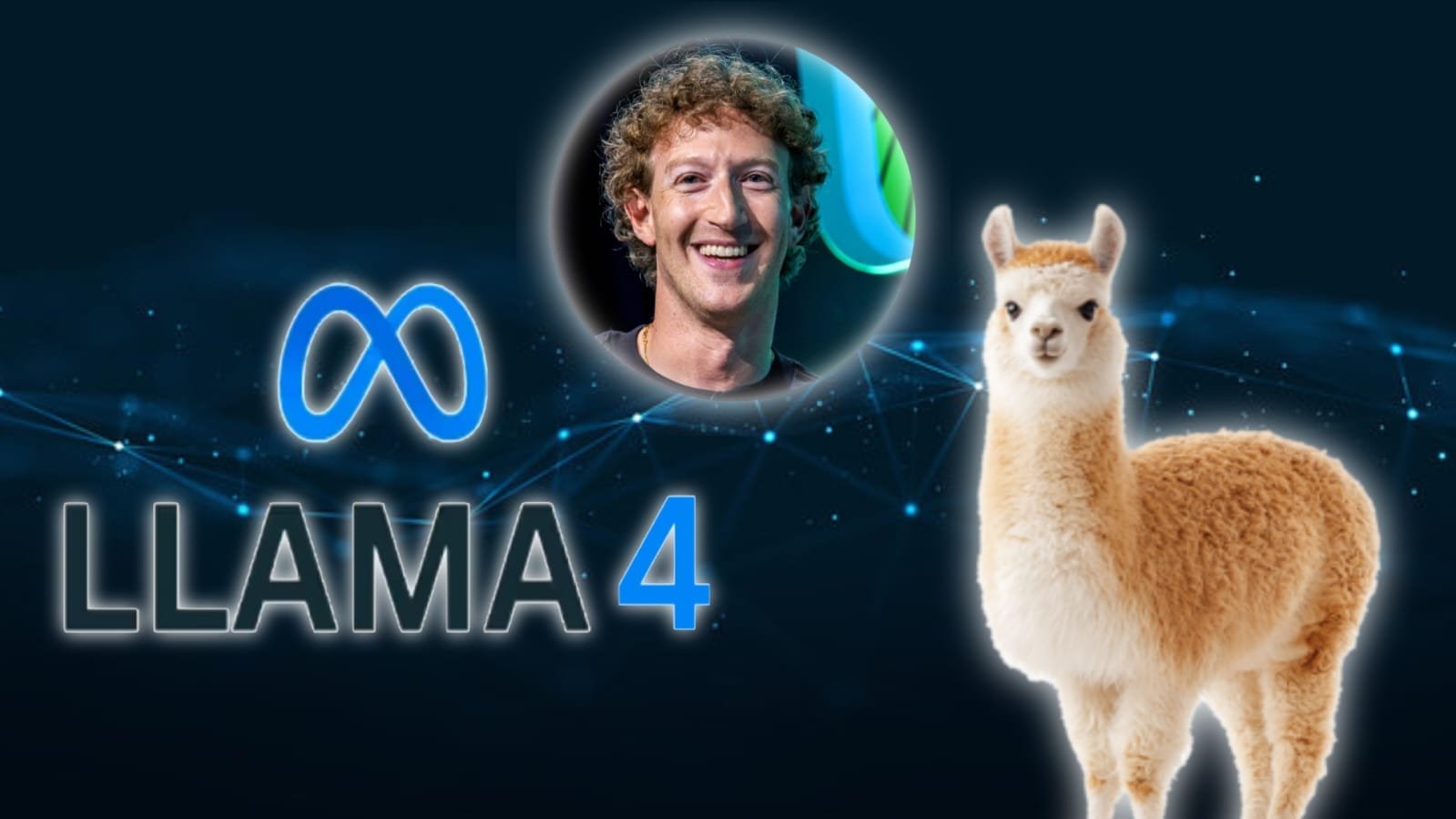
Meta Lama 4 provides advanced AI capabilities for coding, research, and multilingual applications.
Meta has recently released its latest big language model – LLM 4 (LLAMA 4 AI). This model, which is the successor of the Llama series, represents a significant progress in the field of natural language processing – NLP. The developers and researchers of the open-source community specifically designed the LLama 4 to provide access to powerful AI capabilities.. This model comes with better performance, elaborate capabilities and extended reference windows, compared to its predecessors.
The main features of LLama 4 AI
Talking about the features of LLama 4, the increased model capacity is available in 4 different sized models, including 7 billion, 13 billion, 34 billion and 70 billion parameters. It provides flexibility for various application requirements. Extended Reference Window: The reference window of Llama 4 has been extended up to 128,000 tokens, which makes it better for long interaction, document summary and complex text analysis. This model is capable of remembering and understanding long information.
Better performance Llama performs better than its predecessors and other open-source models at 4 different benchmarks. It attains excellence in tasks such as coding, logic, knowledge and general language understanding. Multilingual abilities Llama 4 is trained in different languages, making it suitable for multilingual applications. It can generate, translate and understand lessons in different languages. Code Generation Lama also performs better in 4 code generation, which helps developers to write and debug codes.
It supports various programming languages and codes can produce snipites. Talking about its safety and responsibility, Meta has developed Llama 4 with security and responsibility. Security measures have been applied to prevent the model from generating harmful or biased materials. And this is the open source that has been released as Llama 4 as an open source, allowing researchers and developers to reach, modify and use models.
Technical details of Meta Llama 4
The Architecture Llama 4 uses a transformer-based architecture, a standard for large language models. The training data model is trained on a huge dataset of publicly available data, including lessons and codes. Toinnization LLama 4 uses a byte-pair encoding-BPE to Trannizer, which divides the text into small sub-sidelines. Fine-tuning: The model can be fine-tuned for specific tasks, making the performance further improved. Application Chatbot and Virtual Assistant of Llama 4 which Llama 4 can be used to make more intelligent and natural chatbott and virtual assistants. Material manufacturing models can be used to produce articles, blog posts, poems and other types of creative materials. Talking about its language translation, the Llama can accurately translate the text between 4 different languages.
Code generation developers can use Llama 4 to write, debug and understand the code. If its research and development is seen, the Llama can help 4 researchers to detect new ideas and techniques in the field of NLP.
Education Llama 4 can be used to create educational materials, answer students’ questions and provide personal learning experience. Customer service that can be used to create a customer service chatbot that can answer customer questions and solve problems.
Importance of Llama 4 AI
AI, the Llama contributes to the democratization of AI by providing access to powerful AI capabilities to the 4 Open Source community.. Promoting research and innovation: The model provides researchers a powerful tool to detect new ideas and techniques. AI accelerating development: Llama helps 4 developers to develop AI applications faster. Promoting security and responsibility Meta has developed LLama 4 with security and responsibility, which is an important step in AI development.
Llama 4 boundaries
Large language models of bias and bias, such as Llama 4, can adopt bias and bias present in training data. Incorrect information and harmful material models can produce incorrect information and harmful materials, which can be harmful to users. Computer Resources: Large language models like Llama 4 require important computational resources to train and run. Talking about moral views, there are many moral ideas related to the use of Llama 4, such as impact on privacy, security and employment.
If you see future directions
Performance and improvement Meta Llama is working to further improve the performance, including accuracy, speed and efficiency. Development of new capabilities: Meta Llama is working to add new abilities to 4, such as multimodal capabilities and better logic abilities. Focusing on safety and responsibility Meta Llama is working to address issues of safety and responsibility related to the use of 4. Open source community







1 thought on “Meta Llama 4 AI: Powerful Open-Source AI Model for Developers”